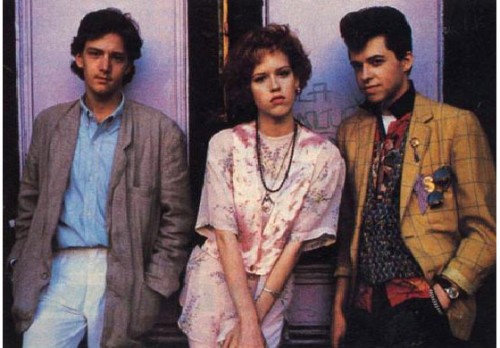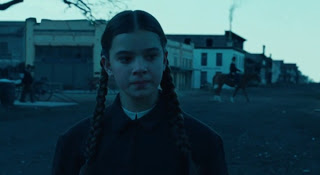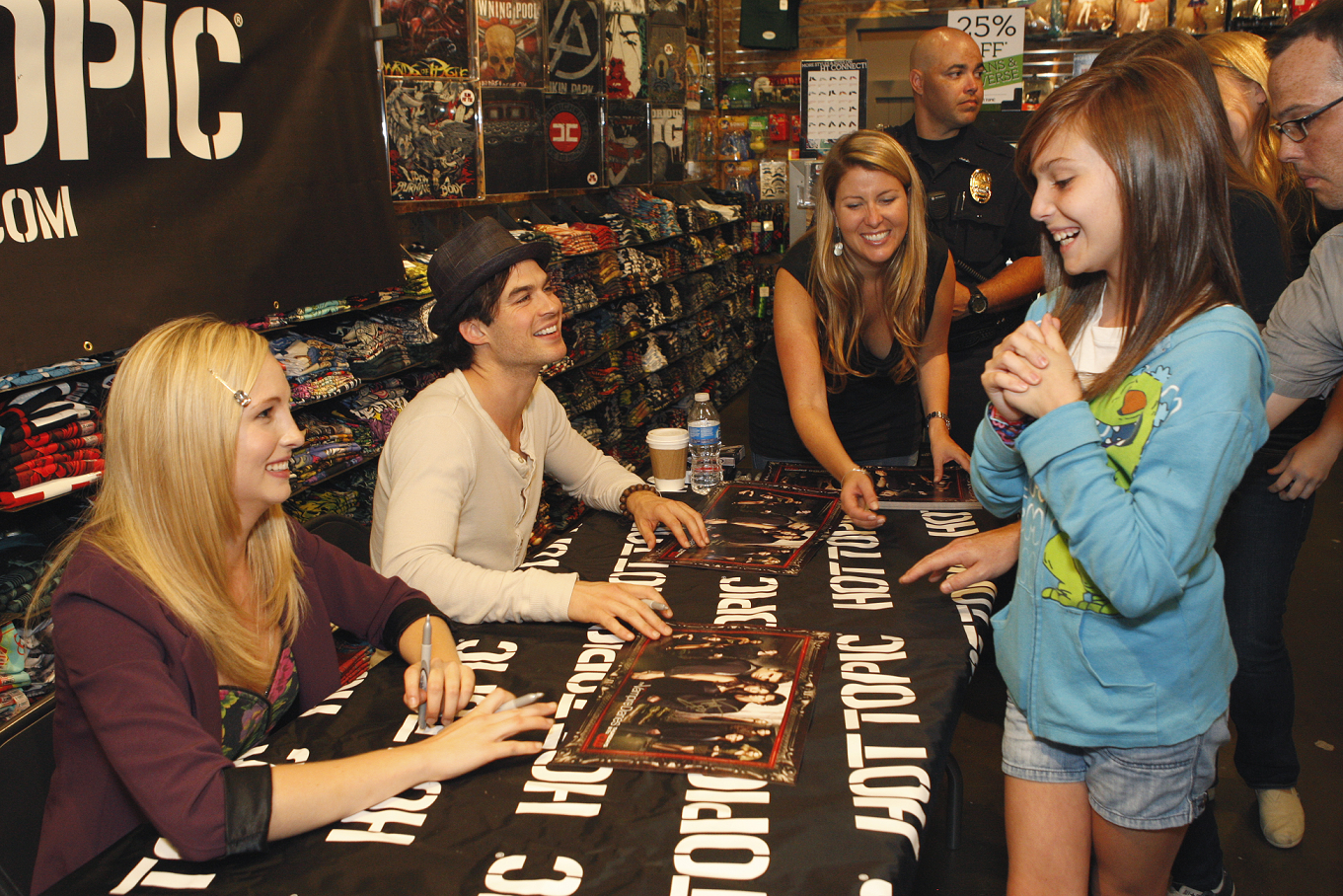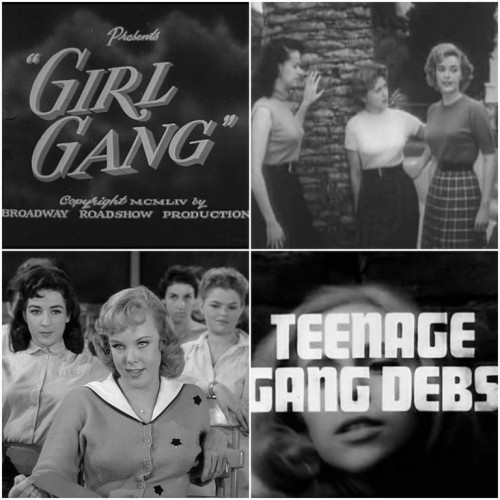Love is an Open Closet Door in ‘Frozen’
Amanda did a brilliant queer reading of Elsa’s powers as a symbol of queer sexuality. While our fantastic commenters proposed additional, equally plausible readings, relating the treatment of Elsa’s powers to society’s fear and suppression of mental illness, disability, and even women as a whole, I think the queer reading deserves a little further exploration. Specifically, I want to look at the recurring motif of doors in Frozen.











